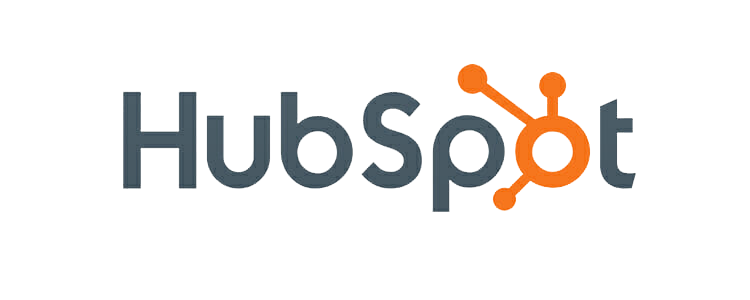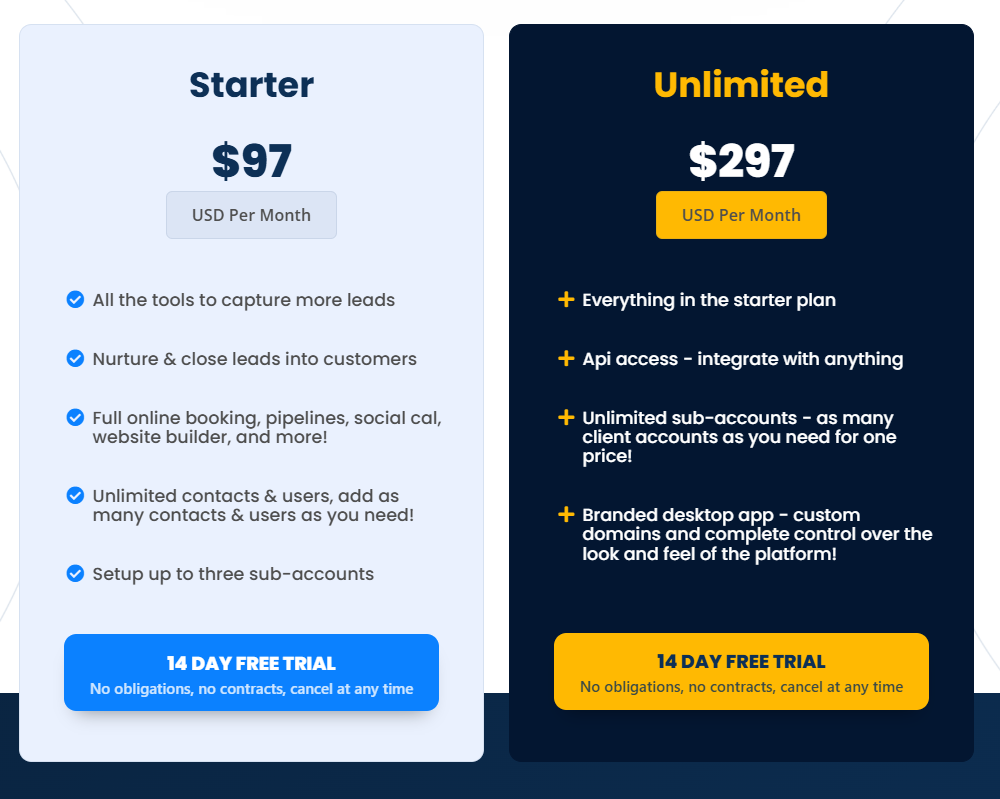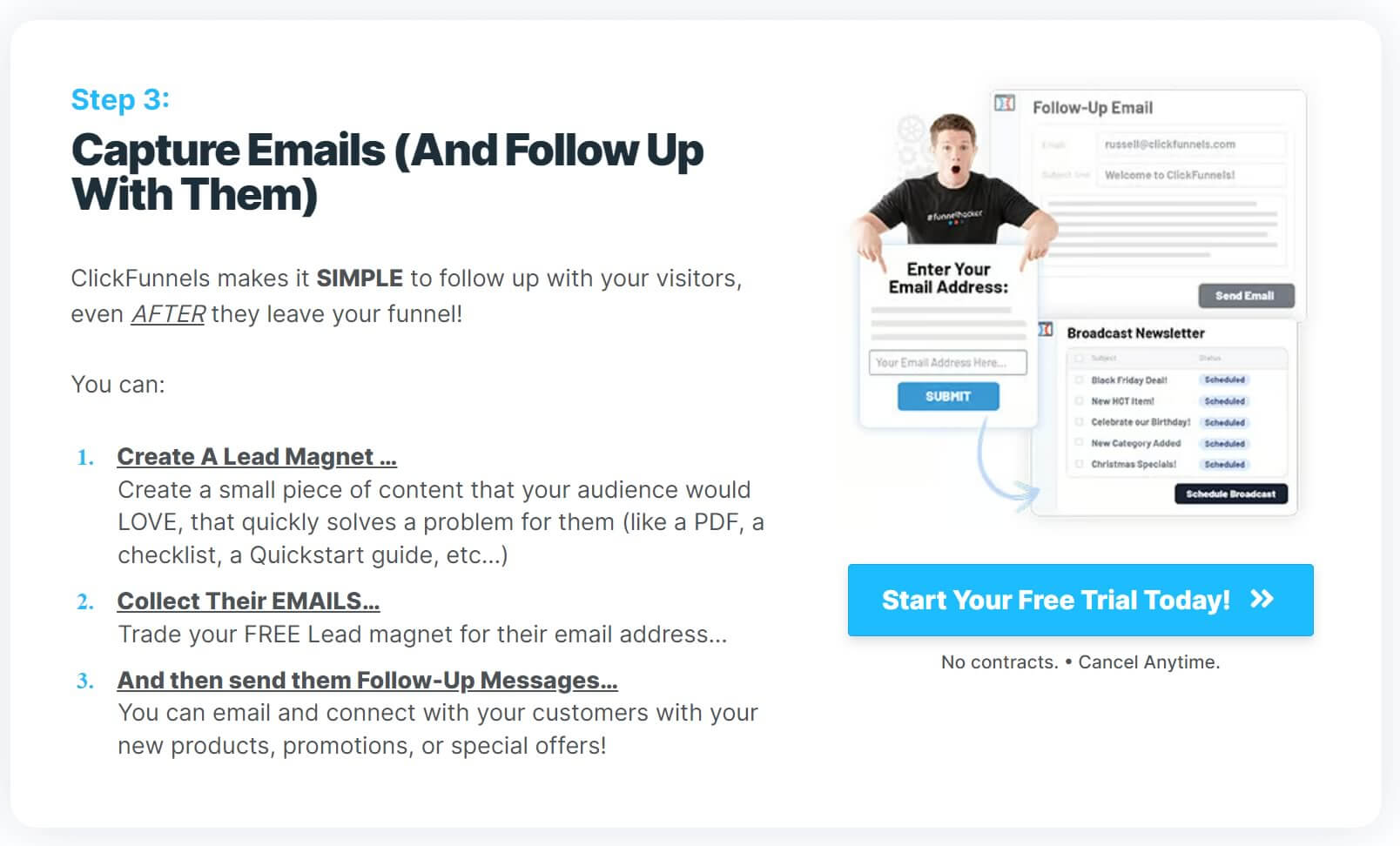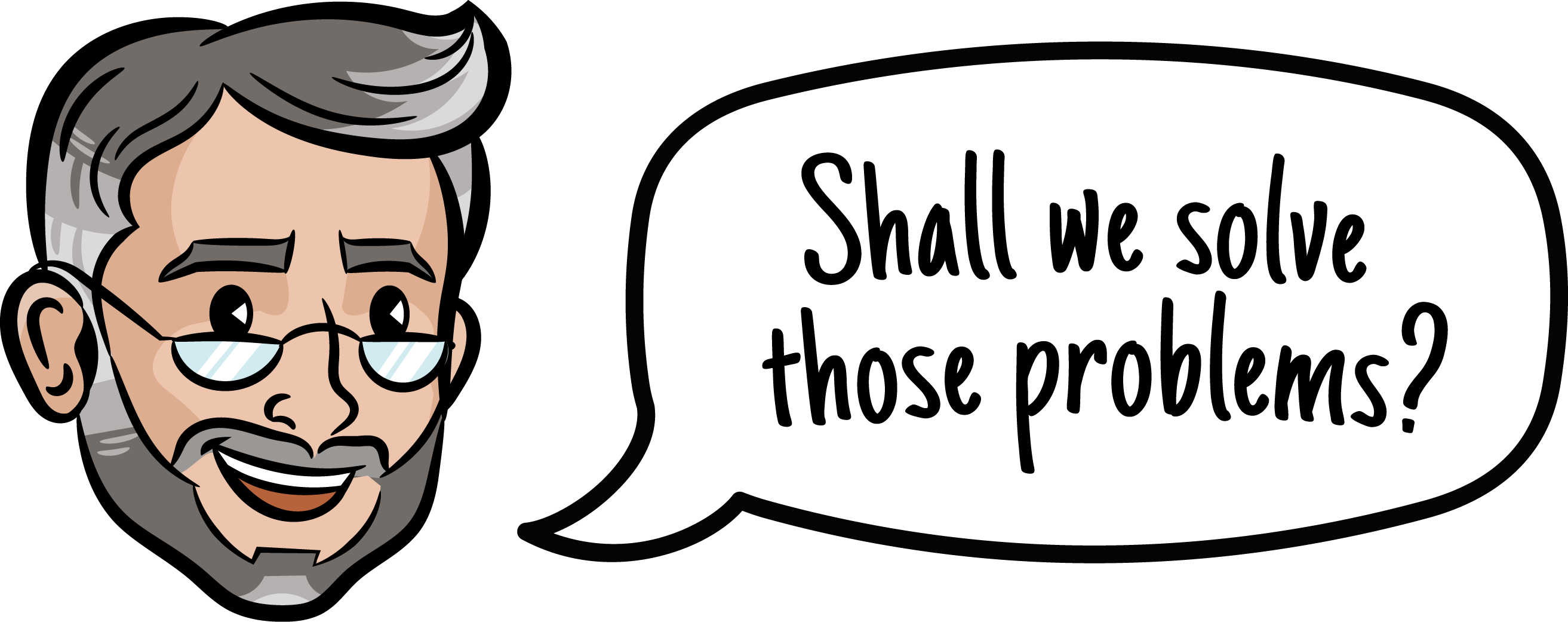As sales funnel builders that give away pay-it-forward calls to companies all over the world, we get our fair share of startups asking about what CRM they should be using, specifically Go High Level vs HubSpot.
For most businesses, your CRM is your nervous system so we’re glad you’re taking the time to research this question. Getting it right can make growth significantly faster. Staying on a limited system too long can also being like driving with one foot on the brakes at all times.
Especially for startups seeking to become lifestyle businesses versus venture capital-backed unicorns, High Level also known as Go High Level, GHL and GoHighLevel is a popular choice that has really come into its own over the last few years.
On the other hand, HubSpot continues to be known as one of the two premier CRMs globally, along with Salesforce.
Just this week, we met a Head of Marketing from South Africa supporting a veterinary practice in Florida who was struggling with getting the owner’s e-learning platform on pet care to the next level.
The question: Go High Level vs HubSpot is it time for an upgrade?
CRM History: Go High Level vs HubSpot and the Anti-Salesforce Movement
CRMs for small business weren’t really widely available in the early days of the cloud, but Salesforce really grabbed the whole “platform as a service” play by the horns and built a huge publicly traded company that was often mentioned as one of the Silicon Valley darlings.
Core Salesforce was the platform and it had an app store and API capability so you could connect tools like SalesLoft, Calendly, Zendesk, Unbounce, Mailchimp, and many others.
Zoho had some attention for a time but its approach of building each new capability as a new app of its own that still had to be integrated made it an unwieldy tool to manage, and its growth slowed to minimal many years ago.
While having a huge market cap, Salesforce fundamentally didn’t build its own modules in the early days. It grew the platform’s capabilities by integration and then acquisition of its top connections. In the early days, it bought Desk.com, Pardot, and many other tools that got traction in its app store.

Fundamentally, the experience of running a Salesforce stack was challenging because to have a robust set of tools, you were constantly swapping interfaces between all of your API-connected apps. Zoho still works this way today but just using apps created by Zoho.
From a sales funnel builder perspective, following the customer journey was very challenging because sales communications, tickets, chats, meetings, page visits, etc. were all getting tracked within different systems/views. This can make it very hard to identify funnel leaks.

HubSpot’s approach was to basically watch what the market was valuing and build their own version of it within core HubSpot. Whether you have Marketing Hub, Sales Hub, Operations Hub or some of their newer tools, you’re still just logging in once and everything you have purchased is available from within a single interface.
3rd-party data like session recordings from Hotjar (not Hot Jar) are interspersed on the activity record of contact.
And that approach, along with its drag and drop workflow function and a significantly lower software subscription cost and administrative cost allowed HubSpot to take major market share from Salesforce, who remains a strong player for enterprise-sized companies but is not really under realistic consideration for small and mid-sized businesses unless there is a special circumstance.
So when Go High Level came along, it basically took the HubSpot approach along with a very tight integration with a very rudimentary page builder to go after the solopreneur market.
To this day, it claims to be “the first” all-in-one that allows you to scale your business. The claim is false on its face.

Professor’s Note
There is no “all-in-one” platform in existence.
Go High Level is one of many tools in the “CRM lite” category with many features.
It is not close to ready to help a business scale beyond a very simple, limited service line, owner-operator type business, but it’s a powerful platform for getting started.
Go High Level vs HubSpot: Which CRM is More Cost-Effective for Small Businesses?
GHL has recently removed some of its language about being for agencies (small agencies in reality) but the platform fundamentally serves that audience well.

It has a strong community-based learning component where people who are completely new to CRMs can learn the basics on its platform.
While its website builder competes with WordPress (most advanced) and HubSpot’s version (getting better), it’s often really obvious to a seasoned marketer that a business is running either ClickFunnels or GoHighLevel simply by how “DIY” a page looks.
But you know what? They’ve helped a lot of business owners get off the ground and that’s awesome.
HubSpot has a more affordable and robust starter package but it’s buried under so many other features & plans for larger businesses.
The reality of a publicly-traded company is investors want those strong quarterly returns and 100s of small-business free users or starter subscriptions don’t sum to what HubSpot makes on a single enterprise client.
Because HubSpot has to attract the big boys, its marketing team puts out all kinds of esoteric content that a small business owner wouldn’t be likely to care about (nor understand in many cases). Fine margins matter when you’re over $100M in revenue. When you’re at less than $100k, a half percentage point gain in a funnel step isn’t even statistically significant.
HubSpot’s pricing page is also borderline incomprehensible if you don’t know all the marketing jargon it uses and what all the sub-features actually are (and why they do or don’t matter to your business).

GHL uses a massive home page if you reach the site directly. There’s a table that shows it replacing all kinds of tools. A more realistic reading of that table is GHL has tiny pieces of many of those tools. If you’re ready for touch-1 conversions, you’ll find almost of all of them extremely limited.
As mentioned above, GHL’s website builder is extremely rudimentary and almost all sites built in it look underfunded.
The reporting is very challenging and you’ll find yourself creating endless spreadsheets once you reach any degree of success.

Software Cost vs. Labor Cost: How Go High Level vs HubSpot Affects Your Bottom Line
When comparing Go High Level vs HubSpot, HubSpot is actually cheaper and more powerful for a small business, so why would we even consider telling a business they’re not ready for a change yet?
Remember how Go High Level does a great job of attracting solopreneurs? That’s because they’re able to get pretty good with it. Each feature is less developed than other platforms but that also makes each one less functionality to learn.
So imagine a business really needs to get off GHL because it has intentions of growing big but is trying to figure out the timing. In many ways, it comes down to what amount of time the owner and any of their team have to adjust to a new system.
For one of our clients that we 5Xed in revenue in our first year, we kept going with Go High Level during “The Season” even though the lack of reporting, tickets, multi-funnel management, API capability and other shortcomings drove us crazy. We built them an SEO funnel and a separate PPC funnel. GHL doesn’t report on either of those well.

Professor’s Note
Switching mission critical software has an associated cost.
Data migration, training, and potential to disrupt workflows are real and reduce time for revenue generating activities until the switch is complete.
Where possible:
- Run the new system in parallel to the old
- Switch workflows from one to the other until the old system is no longer in use
- Schedule heavy training during slow periods (if possible)
Why? We didn’t want to try to train people who didn’t have the time while they were slammed, and it would have taken them longer to accomplish critical tasks if we’d moved them to HubSpot before they had the time to learn it.
But then in the off season, we moved to HubSpot and built out multiple funnels, a true ticketing system with support team accountability, an AI-integrated knowledge base, true marketing attribution, a ton of automation, a no-code, low-code app to help them better deliver their services, and integrated everything via API.
We switched all the landing pages to WordPress with HubSpot-integrated forms which allowed us to raise the branding level to make the company look amazing and were able to multiply the company’s revenue again in year 2. The company’s growth trajectory would have stalled if we hadn’t been able to strip out all the limitations from year 1.
So the year one analysis was really about the owner and a couple key administrators who already knew GHL and would be slower while learning HubSpot. For year 2, we’d knew we’d have to staff up significantly if we stayed on GHL and keep running all these extra tools like Trello, copious spreadsheets, etc. So the choice was obvious: pay a little bit of money for better software versus a lot of money to grow the team significantly.
Beware the Go High Level Credibility Challenge

Professor’s Note
Like Click Funnels, Go High Level is for going from nothing to something.
If you don’t understand messaging, positioning, branding, pricing, etc., what choice do you have but to repeat yourself over and over to anyone who will listen (endless email drips) in hopes they’ll eventually understand the value of what you’re trying to sell?
Conversion rate optimization with proper branding and messaging can transform a company that is needing to use tons of gated content and 20+ emails to close business to essentially taking orders the first time a stranger hits their website (consistent touch-1 conversions).
A first time business owner who also doesn’t really know technology very well is High Level’s true ICP.
So guess what? That’s a huge percentage of their client base, and they all use the same page builder, paired with the same coaching on what to write and the same limitations for getting a truly custom looking page built. If you have a talented designer who built you a beautiful concept in Figma or Adobe, forget about building in GHL.
Your Site Will Look Like Other Sites That Are Less than Reputable
Scammy Looking Design
In other words, all of these sites that looked under-branded in the same way also look like each other. And lots of the companies using the tool also fall into borderline scammy or actual scams.
Remember that a scammer needs to spin up “businesses” quickly, then the world realizes it’s a scam, and then they have to abandon that brand and spin up a new one.
With our friend who has a strong veterinary practice or our client who has over 10Xed revenue in two years, even though they have legitimate businesses with a powerful product to offer, they were struggling to make sales and grow the audience they deserved because the value was hidden behind this DIY/scammy looking website.

Microbusiness “Built Their Own” CRM
Many business are offering “their own” CRM which is really GoHighLevel and everyone eventually finds out.
At Sales Funnel Professor, we turn down a lot of clients. We require a good or great product. We may make exceptions for companies that acknowledge their product or service needs work and want us to help fix it, but we don’t market bad products as if they’re great.
In our ~2.5 years of existence, we’ve been approached by roughly 20 businesses telling us they built their own CRM and wondering if we can help them market it.
Our response: Wow, that’s incredible. I can’t find any news about your tool nor software developers at your company.
Go High Level has offered a white label solution for many years and many novice businesses who should probably just get HubSpot (or Go High Level) subscribe to a CRM that is really GHL with a logo slapped on top. But then they find out…and then they realize they could pay less if they purchased from GHL directly and they want to leave. But the white-labeler is trying to hold their data hostage.
And now the word is out. So if you’re trying to do business using GHL to interface with your clients, just understand that there’s a very real possibility they’ll either immediately or later have some questions about the legitimacy of your business even though it is perfectly legit.
How to Evaluate Your Situation
Already on GHL and Happy with a Lifestyle Business?
If you never have intentions of building beyond a high 6-figure business, really sell just one thing (services), and already have strong trust with your clients, you’re probably fine to stay on GoHighLevel.
While they rely heavily on Zapier for all the missing pieces, if you aren’t needing Zaps, you’re likely fine to stay on GHL.
GHL has its own team and they will eventually add more and more features so hopefully they’ll be able to support larger businesses over time.
Already on GHL but Want to Scale?
You probably need to look at your year ahead and find the best time you can to migrate. You can get off of GHL pages by switching to WordPress for landing pages. GHL can integrate with WordPress.
And then guess what, you can integrate HubSpot simultaneously, even the free version. So getting used to how contacts magically appear in HubSpot with proper attribution to tops of funnels can happen while you’re still emailing out of GHL or using its scheduler.
Over time, you can swap out more and more of GHL: replace GHL scheduler with HubSpot scheduler, replace GHL drips with HubSpot drips, etc.
When we migrate a company from GHL to HubSpot, they’re usually pretty comfortable within 2-3 months. If it takes longer, that’s fine. The systems can be run in parallel.
Starting a New Business? Go High Level vs HubSpot for Entrepreneurs
Whether you’re starting a new lifestyle business or you want to build an 8-figure funnel before you turn one, our recommendation would be to start with HubSpot.
The free version is truly free. It’s not time limited and requires no payment info. You can sync any two of Meta, Google, and LinkedIn ads and get campaign level attribution (understand dollars in, dollars out) and the same holds for organic search, organic social, referrals, direct traffic, and even emerging traffic sources like ChatGPT.
While all the marketing for enterprise clients is ubiquitous (and confusing), the product is quite intuitive and is truly a single platform with consistent navigation from screen to screen. HubSpot also built one of the world’s most comprehensive free knowledge bases. Search Google for whatever question you have, and you’ll get a HubSpot article that answers it.
And then when you’re ready (labor cost would be higher than software cost), you can now take a single seat of Sales Hub Pro or the Starter package. It’s actually cheaper than GHL. See the pricing charts of both above.
Conclusion: GHL Has Something to Offer but HubSpot Makes More Sense for Most Companies
As we mentioned above, GHL has helped tons of businesses go from nothing to something. It’s also a much younger and smaller company so hopefully it continues to grow and help many more companies in the future.
But in our opinion, and especially for companies that intend to work with us, we want a platform that will produce as little friction as possible as we build 7 and 8-figure sales funnels as fast as we possibly can.
While we don’t know what the future holds, at present, we’re best able to accomplish that with HubSpot over anything else including High Level, Click Funnels, SalesForce, Zoho, PipeDrive, Apollo and the list goes on.


